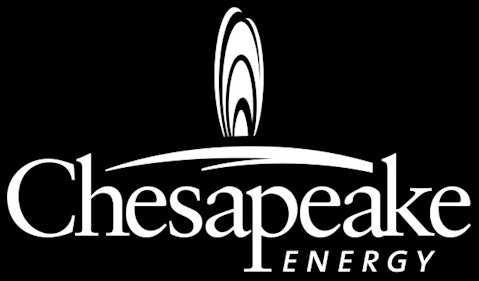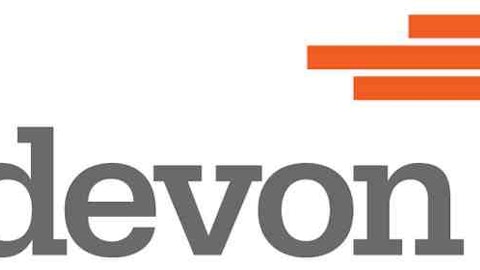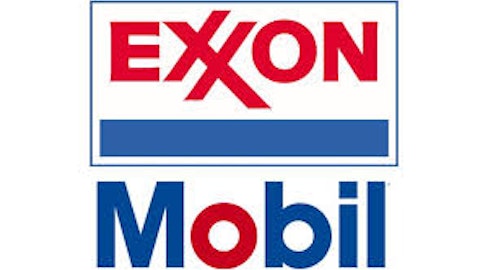In the past five years the area I live in has experienced a gold rush that many residents have never experienced in their lifetime. The majority of Pennsylvanians had no idea the land they owned was stockpiled with Marcellus shale and natural gas. The price of land began to skyrocket as individuals began leasing their properties to natural gas exploration companies. Unfortunately I was not able to partake in this sudden fortune, but would like to provide readers with an idea of how to take advantage of the natural gas boom in the U.S.
It is estimated that natural gas vehicles are around 30% cheaper to refuel than gasoline vehicles. Not only is natural gas cheaper, but it also burns much more efficiently and cleaner. Natural gas burns cleaner due to its lower carbon content. On average natural gas vehicles produce 70% less carbon monoxide than conventional vehicles. There is a definite economic and political advantage to using natural gas as an alternative to gasoline or diesel.

ExxonMobil is the largest natural gas producer in the U.S., and is also the largest energy company in the world. Exxon has vast product offerings in the energy sector, and with the majority of its revenue coming from oil exploration it also has increased its natural gas exploration to take advantage of this growing alternative. In 2011 Exxon Mobil Corporation (NYSE:XOM) produced an average 13.16 billion cubic feet of natural gas per day. With this high level of output Exxon is well positioned to capitalize on the growing natural gas industry.
Chesapeake Energy Corporation (NYSE:CHK) is the second largest natural gas producer in the U.S., with an average of 3.5 billion cubic feet of natural gas per day in 2011. It has interest or owns around 45,700 oil or natural gas producing wells. Chesapeake Energy has the largest leaseholds of any company in the U.S., and is the number one horizontal driller of shale wells in the world.
The advantage to investing in Chesapeake Energy Corporation (NYSE:CHK) over Exxon Mobil Corporation (NYSE:XOM) is its higher concentration in natural gas. For the fourth quarter 2012 62% of its revenue was from natural gas. Because it has a high focus on natural gas its stock will be more highly correlated with the gas industry. As natural gas usage grows and becomes more profitable it will see higher returns.
Anadarko Petroleum Corporation (NYSE:APC) is the third largest producer of natural gas in the U.S., producing 2.5 billion cubic feet of natural gas per day in 2012. 22% of Anadarko’s revenue came from natural gas, and 62% came from oil for the full year 2012. Although it is the third largest producer, it is still more heavily invested in oil exploration than natural gas. This doesn’t mean its revenue mix will not change as natural gas becomes more profitable. At this point in time with the cost of oil rising it is more profitable for both Anadarko and shareholders for the focus to be on oil.
| Stock comparison | |||
| ExxonMobil | Chesapeake Energy | Anadarko Petroleum | |
| Market cap: | $400.45 billion | $12.94 billion | $40.22 billion |
| Dividend yield: | 2.55% | 1.78% | 0.45% |
| 10-year total return: | 11.88% | 10.60% | 13.70% |
Because of natural gas’ allure, both economically and politically, if one were to invest in the industry there are many individual factors that would determine which one of these three stocks to pick. Chesapeake Energy Corporation (NYSE:CHK) would be for the investor who has an enthusiastic outlook for natural gas, because the company’s high concentration it will benefit it more than the others if natural gas meets or exceeds analyst expectations over the next 20 years.
The second stock would be for the investor who is seeking not only capital appreciation but income. ExxonMobil offers an attractive dividend yield of over 2.5% and has shown consistent dividend increases. This investment would also offer more diversification if natural gas prices stay suppressed, and if it takes longer or there is less growth than anticipated.
Third, Anadarko Petroleum offers the skeptic natural gas investor an out, with much more resources and investments in oil exploration. If natural gas fails to meet expectations you would have the better hedge with its higher concentration in oil. If natural gas falls somewhere in between you can still benefit from the fact that nearly one fourth of its revenues comes from natural gas.
The article A Natural Gas Investment: How and Why originally appeared on Fool.com and is written by John Kolb.
Copyright © 1995 – 2013 The Motley Fool, LLC. All rights reserved. The Motley Fool has a disclosure policy.



